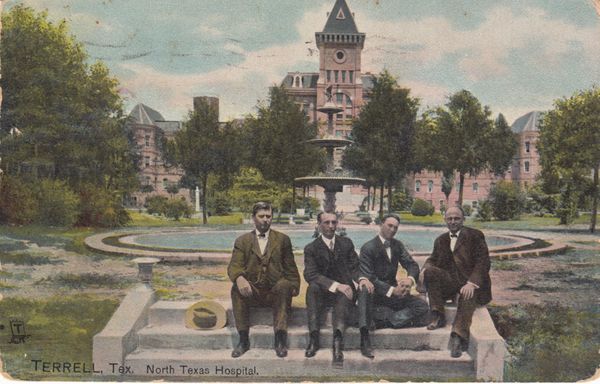Difference between revisions of "Portal:Featured Image Of The Week"
From Asylum Projects
M-Explorer (talk | contribs) |
M-Explorer (talk | contribs) |
||
| (40 intermediate revisions by the same user not shown) | |||
| Line 1: | Line 1: | ||
{{FIformat | {{FIformat | ||
| − | |Image= | + | |Image= terrellTX004.jpg |
|Width= 600px | |Width= 600px | ||
| − | |Body= | + | |Body= Terrell was fortunate at that time to include among the citizens of a still young town a large group of people with the foresight to understand what such a facility could mean to a growing city. But even the farsightedness of legendary rancher and banker Col. Jim Harris, who gave the necessary acreage to the state for a meager return, could not have visualized the proportions to which [[Terrell State Hospital]] has grown today nor the immense impact it has had on the local economy for over 100 years. |
}} | }} | ||
Revision as of 03:47, 7 March 2021
Featured Image Of The Week
Terrell was fortunate at that time to include among the citizens of a still young town a large group of people with the foresight to understand what such a facility could mean to a growing city. But even the farsightedness of legendary rancher and banker Col. Jim Harris, who gave the necessary acreage to the state for a meager return, could not have visualized the proportions to which Terrell State Hospital has grown today nor the immense impact it has had on the local economy for over 100 years.
